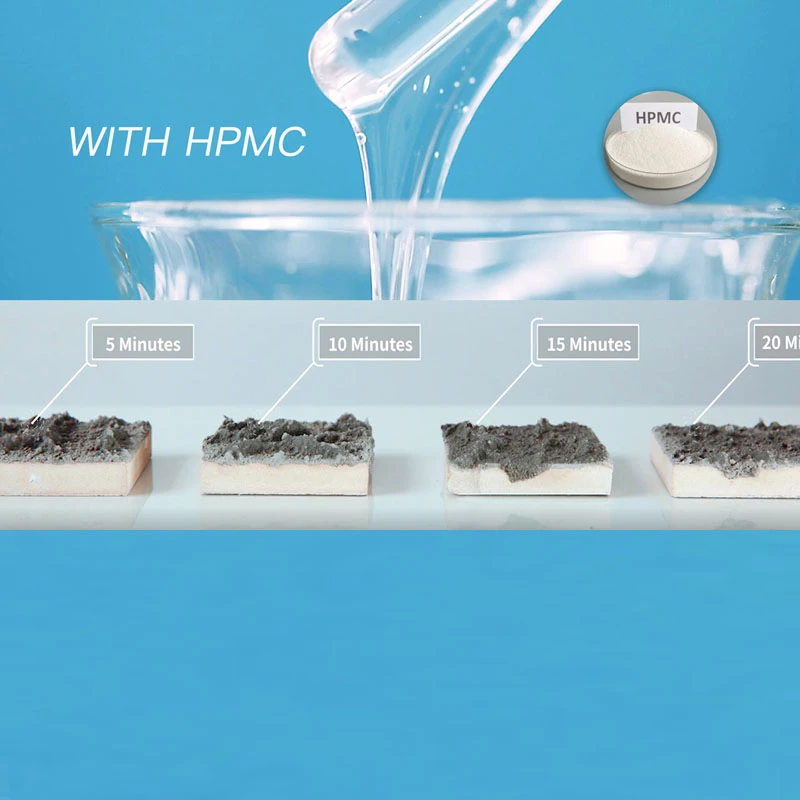Redispersible Polymer Powder A Comprehensive Guide
Redispersible polymer powder (RDP) is an innovative material that plays a crucial role in enhancing the performance of various construction and building products. Understanding its properties, applications, and benefits can provide valuable insights for manufacturers and end-users alike.
What is Redispersible Polymer Powder?
Redispersible polymer powder is a fine, white powder that, when mixed with water, can form a stable dispersion. It is derived from synthetic polymers and is primarily used to improve the adhesion, flexibility, and durability of cement-based formulations. Common types of polymers used to produce RDP include ethylene-vinyl acetate (EVA), styrene-butadiene (SB), and acrylic polymers.
These powders are produced through a process of spray-drying emulsions or dispersions of various polymers. Once dried, they can be easily transported and stored, maintaining their effectiveness until added to a mixture that requires water activation.
Key Properties of RDP
1. Redispersibility One of the most significant characteristics of RDP is its ability to re-disperse in water. This property allows the powder to facilitate the bonding of various materials when added to formulations.
2. Adhesion RDP enhances the adhesive properties of products such as tile adhesives, primers, and plasters. The incorporation of RDP in these mixtures can significantly improve their ability to bond with different substrates.
3. Flexibility The addition of RDP provides flexibility to the final product, allowing it to withstand changes without cracking or breaking. This property is particularly beneficial in applications subjected to thermal expansion or contraction.
4. Water Resistance RDP contributes to the water resistance of the products it is added to, making them suitable for external applications that require durability against the elements.
5. Workability Mixtures containing RDP typically have improved workability. This means that they are easier to spread, apply, and manipulate during construction, thus enhancing productivity on-site.
Applications of Redispersible Polymer Powder
RDP finds applications across various sectors within the construction industry
redispersible polymer powder vaerdp

1. Tile Adhesives RDP is commonly used in tile adhesives, providing excellent bonding and flexibility to withstand the dynamic loads that tiles may encounter.
2. Render and Plaster When used in render and plaster mixtures, RDP improves adhesion and reduces cracking, ensuring a long-lasting finish.
3. Self-Leveling Compounds In self-leveling floor compounds, RDP enhances fluidity and prevents segregation of the mixture, ensuring an even application.
4. Mortars RDP is incorporated into various mortar formulations to improve their performance characteristics, especially in terms of adhesion and flexibility.
5. Dry Mix Products Many dry mix products benefit from the addition of RDP, as it allows for easy transport and storage until it is mixed with water on-site.
Benefits of Using RDP
Using redispersible polymer powder in construction products yields multiple benefits
- Enhanced Performance RDP significantly improves the mechanical properties of construction materials, leading to longer-lasting and more effective solutions.
- Cost-Effectiveness Although RDP may represent a higher initial investment, the long-term efficiency and durability it provides can result in lower repair and maintenance costs.
- Environmental Resistance The enhanced properties of construction materials with RDP contribute to their ability to withstand adverse environmental conditions, making them suitable for diverse climates.
- Versatility RDP is compatible with various construction applications, making it a versatile solution for manufacturers looking to enhance their product lines.
Conclusion
In summary, redispersible polymer powder is a valuable additive in the construction industry, bringing together features that promote durability, flexibility, and superior adhesion. Its wide range of applications, combined with the benefits it offers, makes RDP an essential component for manufacturers looking to improve their products. As building standards continue to evolve, the demand for high-performance materials like redispersible polymer powder is likely to increase, thereby enhancing the quality and longevity of construction initiatives worldwide.
-
A Comprehensive Guide to Methyl Ethyl Hydroxyethyl Cellulose: Applications and Industry InsightsNewsNov.24,2025
-
Understanding Methyl 2 Hydroxyethyl Cellulose: Uses, Benefits & Industry InsightsNewsNov.24,2025
-
Hydroxyethyl Methyl Cellulose HEMC: Industrial Uses, Benefits & Future TrendsNewsNov.23,2025
-
HEMC Cellulose: Versatile & Sustainable Industrial Polymer | YoungcelNewsNov.23,2025
-
Methyl Hydroxyethyl Cellulose: Versatile Building Block for Industry & SustainabilityNewsNov.23,2025
-
CAS 9032 42 2: Understanding Polyvinyl Alcohol's Impact on Industry & SustainabilityNewsNov.22,2025




